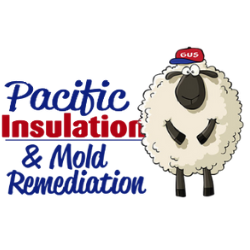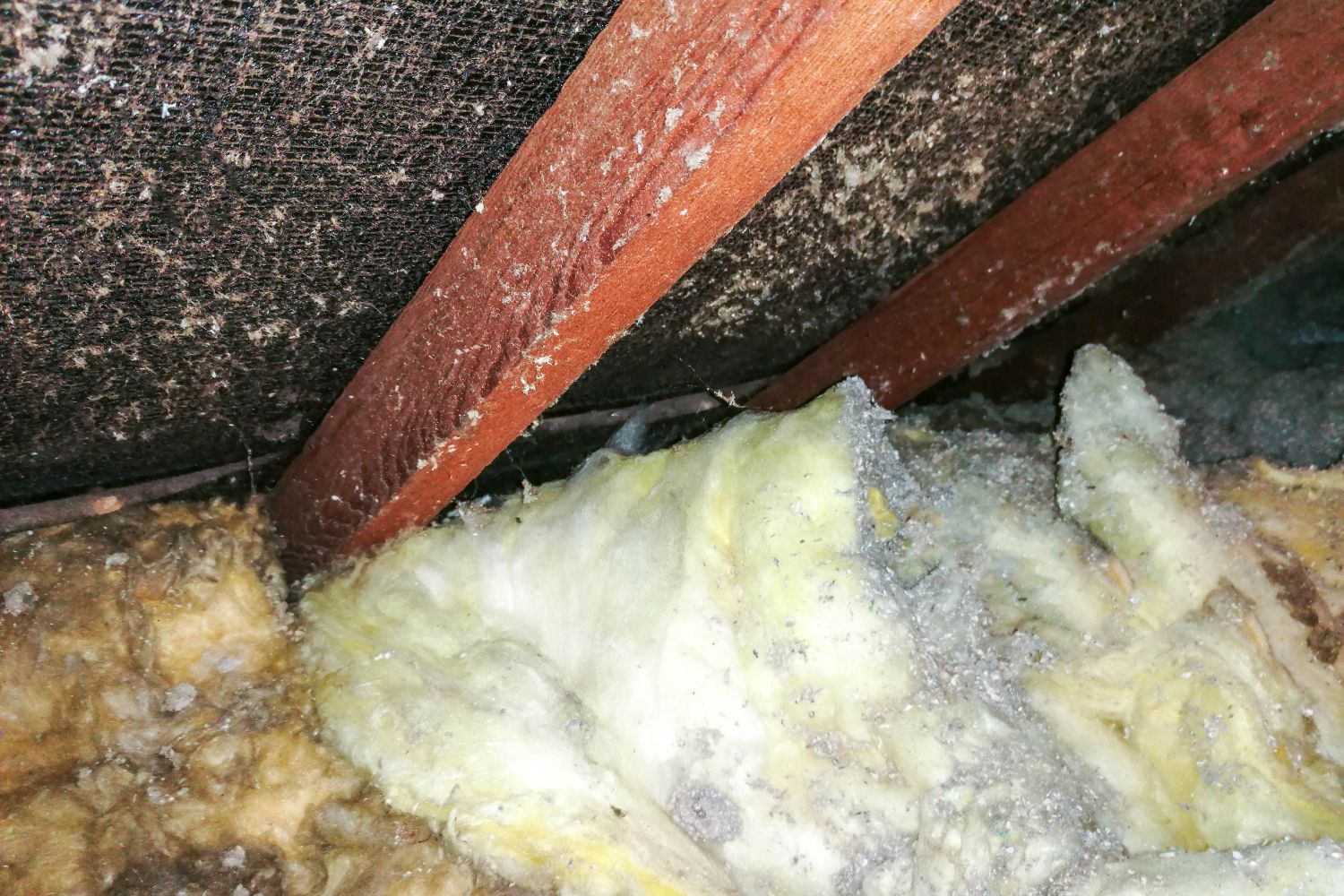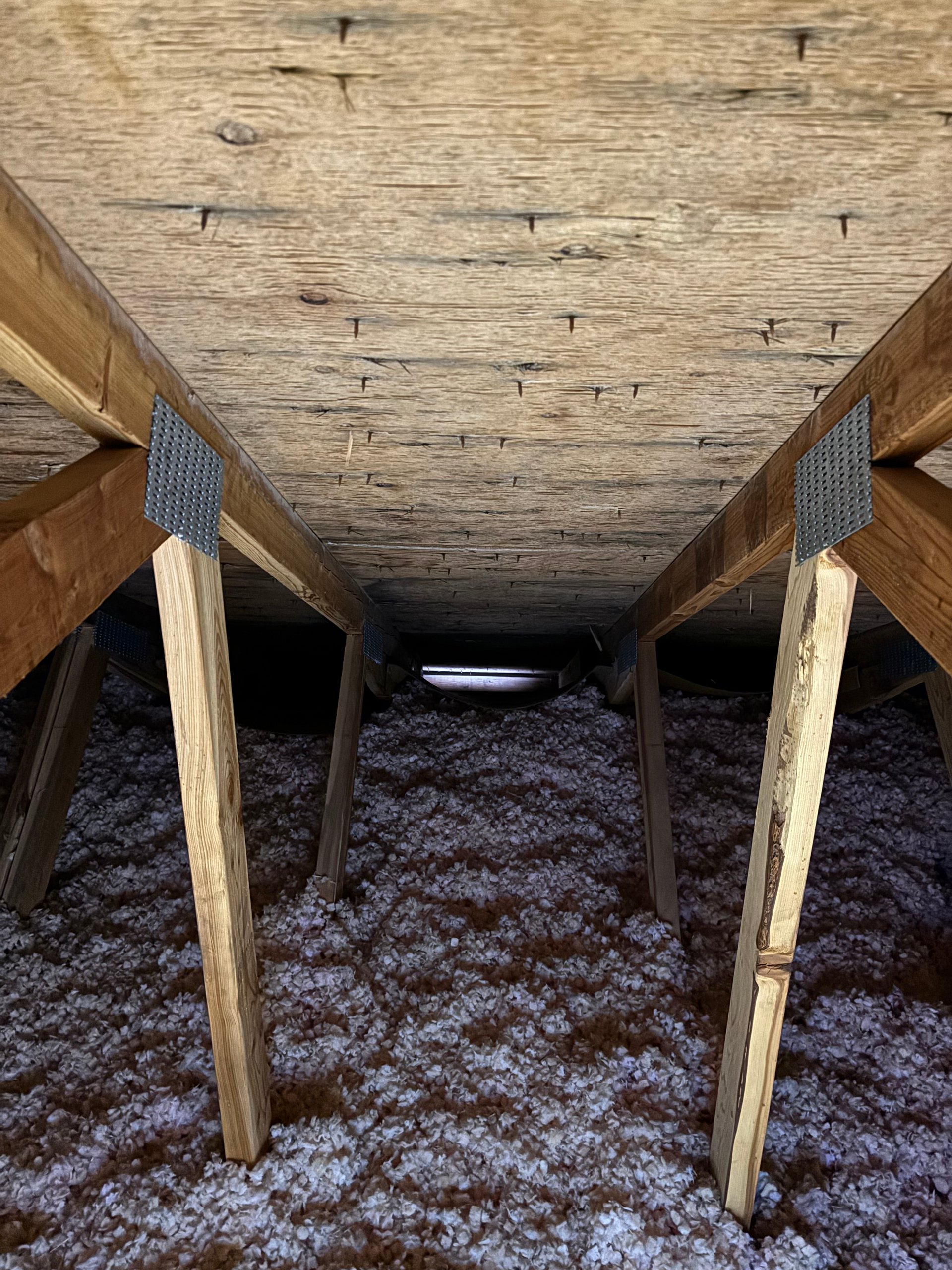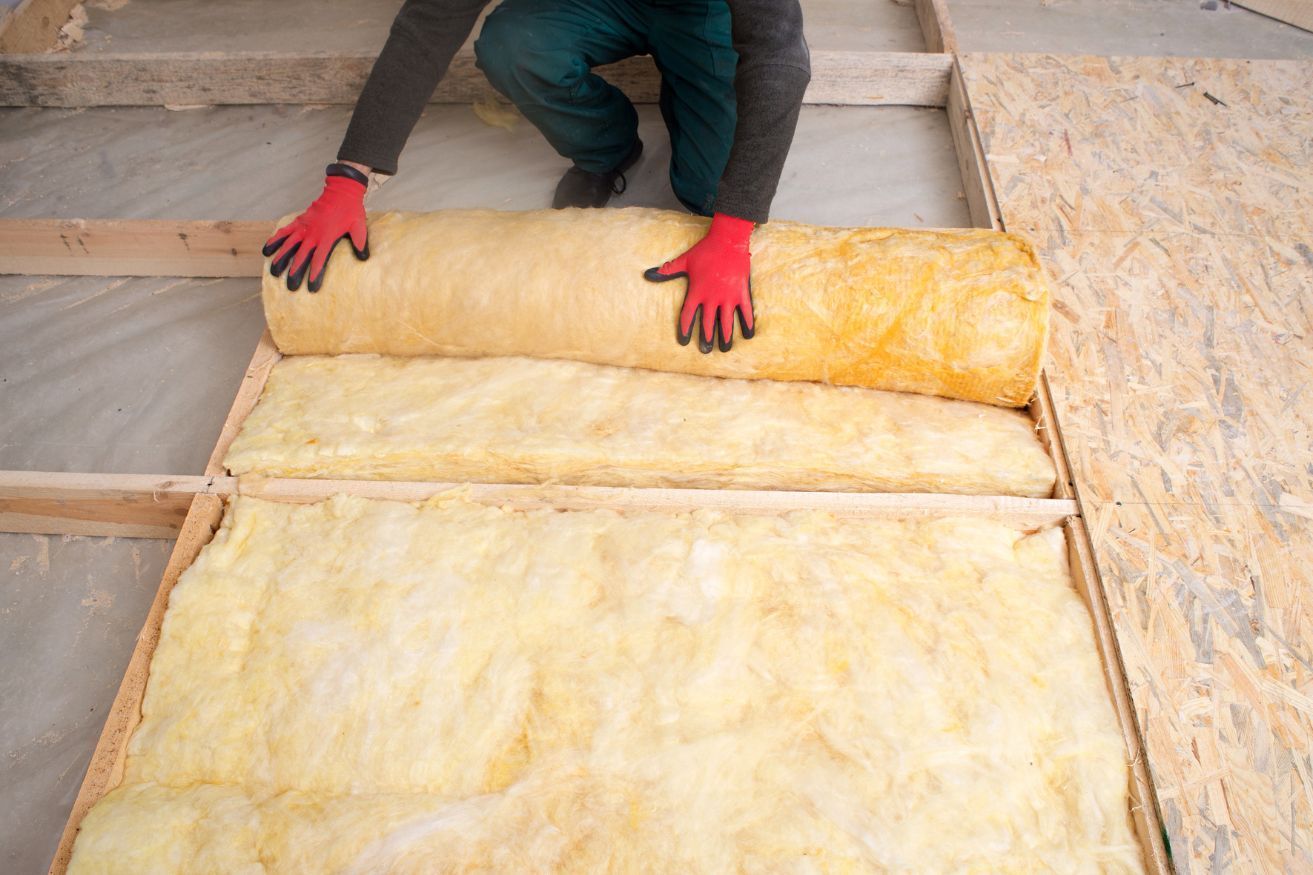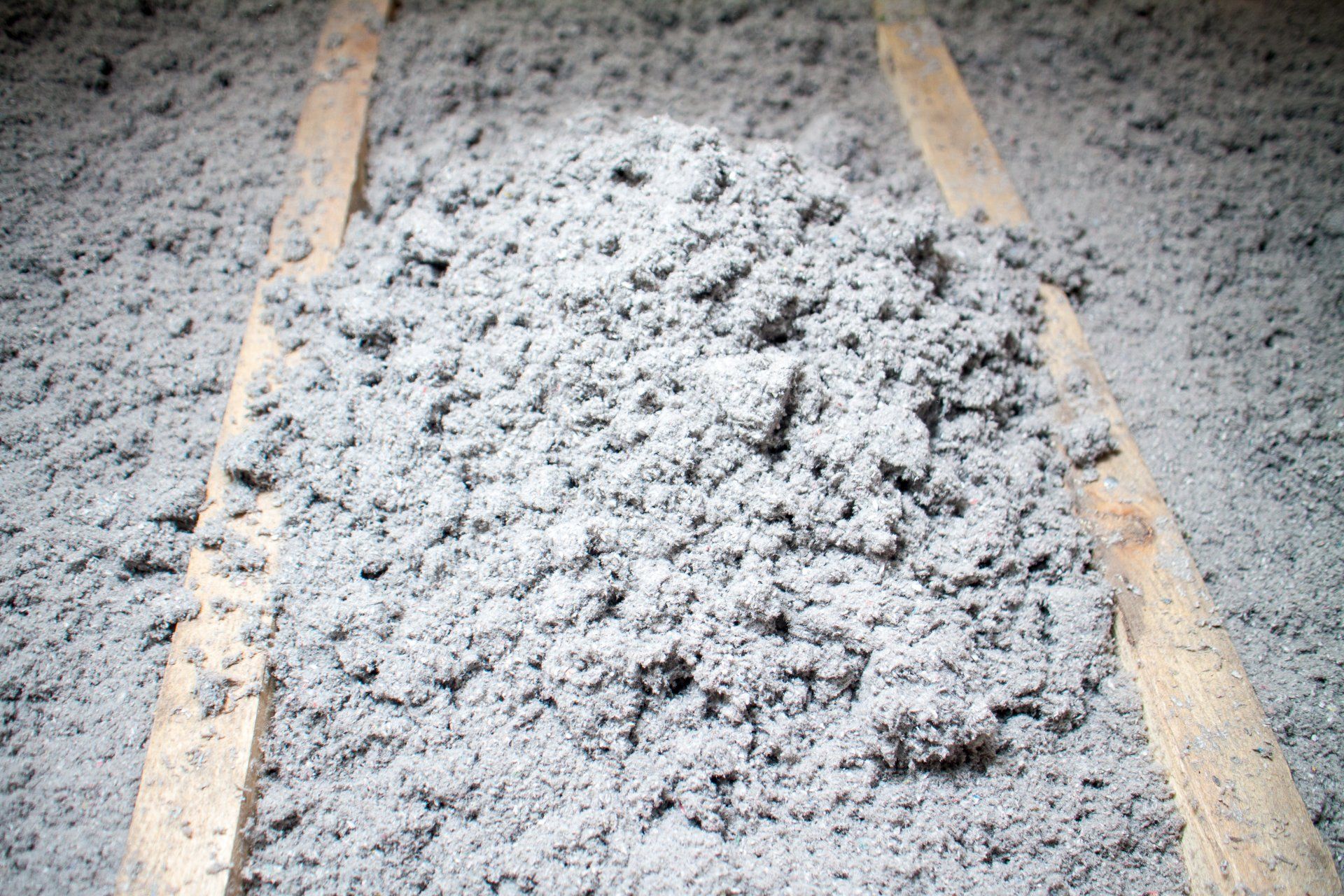Washington State Energy Code Requirements for Insulation
The Washington State Energy Code (WSEC) sets specific insulation requirements to enhance energy efficiency in residential buildings. As of July 1, 2023, the state adopted the 2021 WSEC, which includes updated insulation standards.
Key Insulation Requirements:
- Ceilings (Attic/Roof):
- R-Value Requirement: Increased from R-49 to R-60. Insulation Institute
- U-Factor Equivalent: U-0.024.
- Wood Frame Walls:
- R-Value Options:
- R-20 cavity insulation plus R-5 continuous insulation (ci).
- R-13 cavity insulation plus R-10 ci.
- U-Factor Equivalent: U-0.056.
- Basement Walls:
- R-Value Requirement: 10/15/21 + 5 TB.
- This denotes R-10 continuous insulation on the exterior, R-15 continuous insulation on the interior, or R-21 cavity insulation plus a thermal break between the slab and the basement wall.
- U-Factor Equivalents:
- U-0.042 at 2 feet.
- U-0.040 at 3.5 feet.
- U-0.035 at 7 feet.
- Slab-on-Grade Floors:
- R-Value Requirement: R-10 insulation extending 4 feet.
- F-Factor: 0.54.
- Fenestration (Windows):
- U-Factor Requirement: U-0.30.
Additional Considerations:
- Climate Zones:
- Washington State primarily falls within Climate Zone 5 and Marine 4, influencing specific insulation requirements.
- Air Leakage:
- The code mandates a maximum air leakage rate of 5 air changes per hour at 50 Pascals (ACH50), emphasizing the importance of proper air sealing in conjunction with insulation.
- Additional Energy Efficiency Credits:
- The WSEC requires residential buildings to achieve a certain number of energy efficiency credits based on building size and type. These credits can be obtained through various measures, including enhanced insulation levels, high-efficiency HVAC systems, or renewable energy installations.
Compliance and Implementation:
Builders and homeowners should consult the full 2021 Washington State Energy Code - Residential Provisions for comprehensive details.
It's also advisable to check with local building departments, as some jurisdictions may have additional requirements or amendments to the state code.By adhering to these updated insulation standards, homeowners can enhance energy efficiency, reduce utility costs, and contribute to Washington State's sustainability goals.
